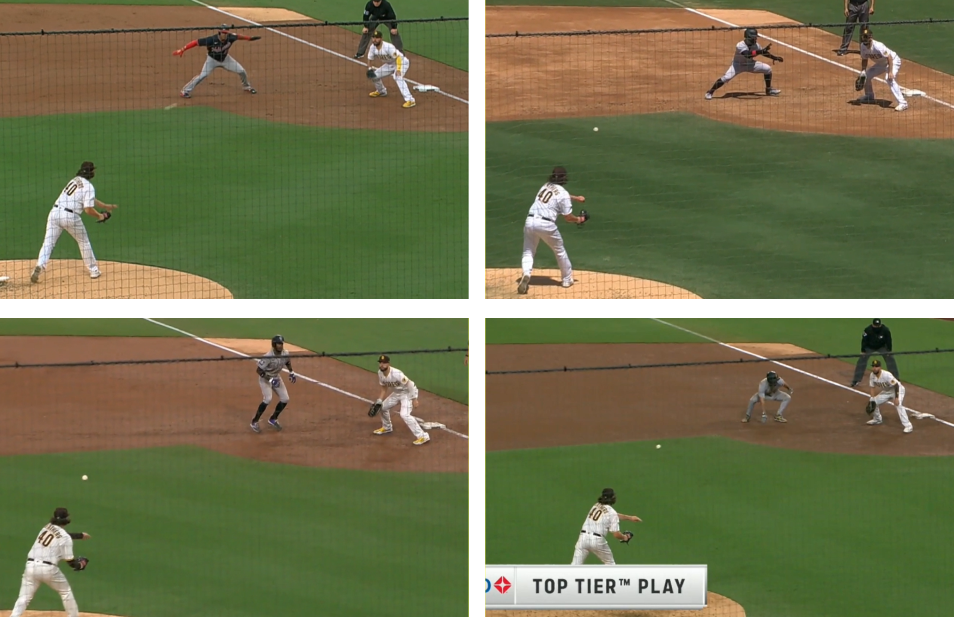Let’s Sign Some Hitters!

Today marks the 79th day of the owner-initiated lockout. It still remains to be seen how long the lockout will last, but whatever its length, we’re likely to see a whirlwind of a mini-offseason as soon as the league and the players come to terms on a new collective bargaining agreement. While that kind of thing is fun to cover — the week before the lockout was a thrilling frenzy — there’s still quite a lot for baseball to do. So let’s roll up our sleeves, lend a hand, and find some new homes for a few of the remaining free agents. The trick here is that they actually have to make at least a lick of sense for the team signing them. But just a lick.
As we have a lot of work to do, we’ll nail down the hitters first and then divvy up the pitchers in another piece to follow.
Carlos Correa to the Angels – Seven years, $240 million
While there has been some speculation around the interwebs about Carlos Correa possibly landing a $300 million deal, I don’t think that is the likeliest result. Correa had a fabulous 2021 season, reminding people of the phenom he was when he won American League Rookie of the Year back in 2015, but there’s going to be at least some concerns about his durability. Not alarming ones, mind you, but the fact is that before 2021’s 148-game campaign, Correa hadn’t played in 120 games since ’16, a long time for a young player, and that’s even ignoring a pandemic-shortened season during which no one could play 120 games. That’s probably not going to scare teams off, but it will inevitably be priced into his offers since front offices these days are populated more by mean nerds like me than they are dewy-eyed optimists. Read the rest of this entry »

